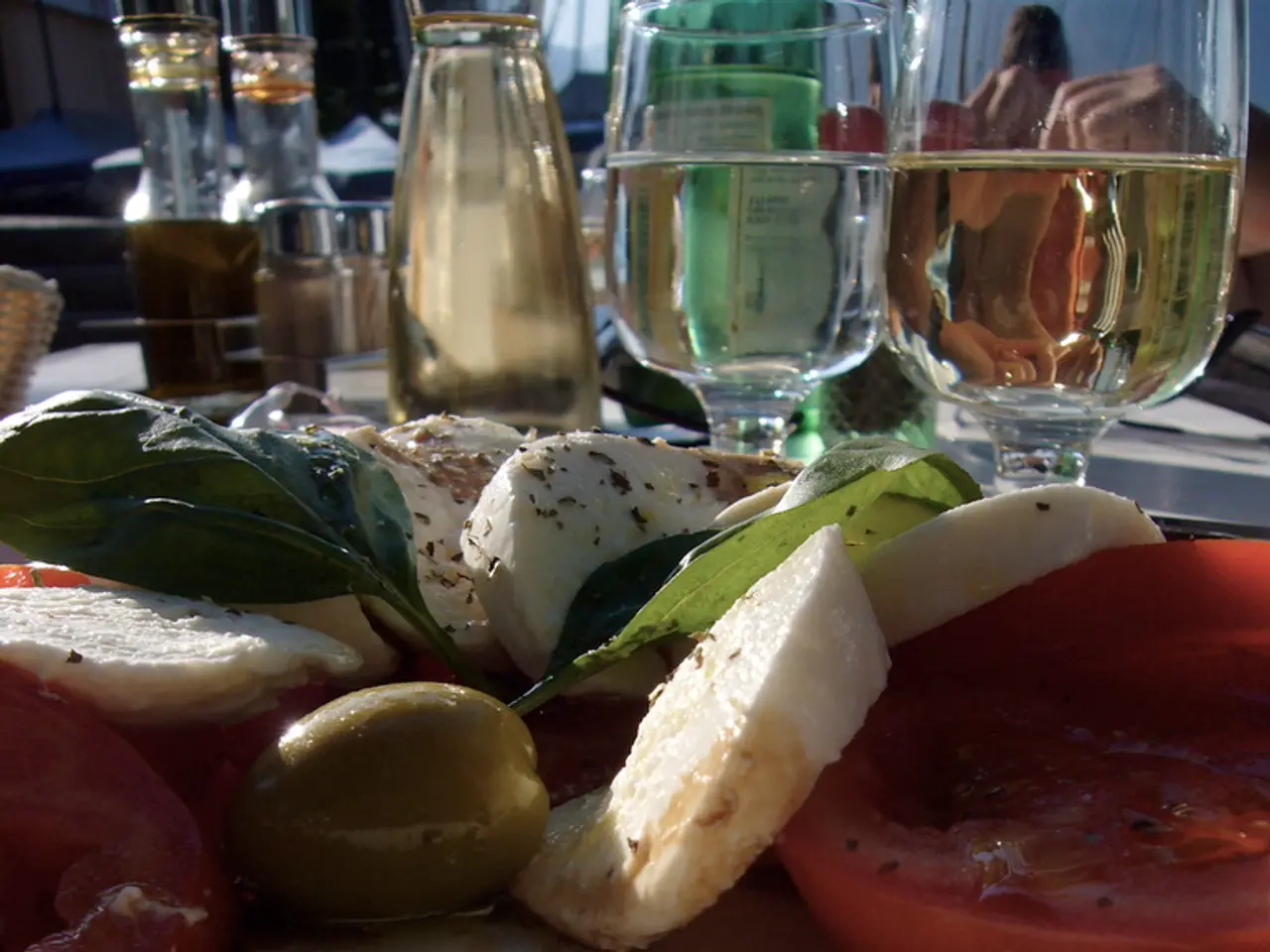Culinary Tour of Tuscany: Unveiling the Essence of Italian Tastes
Exploring the Gourmet Journey Through Tuscany
Tuscany, Italy's heartland, offers a unique culinary adventure that delves deep into the region's rich gastronomic heritage. This gourmet journey is rooted in cucina povera—the simple, rustic cuisine of the region—emphasizing fresh, local, and seasonal ingredients.
The tour itinerary takes you through medieval villages, hands-on cooking classes, vineyard tours, wine tastings, fine dining experiences, and farm-to-table meals. It's an immersive experience that tantalizes all senses.
Key Local Delicacies and Traditional Dishes
- Ribollita: A hearty vegetable and bread soup enriched with cannellini beans, carrots, cabbage, kale (cavolo nero), and olive oil. This dish exemplifies Tuscan peasant cooking, using simple, inexpensive ingredients.
- Lampredotto: A distinctive Florentine street food made from boiled tripe served in a sandwich with a sauce of parsley, garlic, capers, and olive oil. It reflects Tuscany’s nose-to-tail culinary tradition.
- Pappa al Pomodoro: A thick, flavorful dish of stale bread cooked with ripe tomatoes and olive oil, originally created to avoid waste and highlight seasonal produce.
- Pappardelle al Cinghiale: Wide ribbon pasta served with a rich ragù of wild boar, a classic Tuscan meat dish connected with the region’s hunting traditions.
- Tagliere Misto: A mixed board of cured meats, aged cheeses, and sweet sides such as fig jam or honey. Often served as an appetizer or aperitivo, it embodies Tuscan variety and quality charcuterie.
- Local Pastas like pici (thick hand-rolled spaghetti), tortelli, and gnudi (ricotta dumplings) are staples in Tuscan culinary repertoire.
Tuscany also emphasizes the use of fresh beans and seasonal vegetables, often prepared simply to let natural flavors shine, as showcased by local chefs passionate about preserving peasant traditions and their kitchen gardens.
To complement these dishes, pairing with renowned Tuscan wines such as Chianti or Brunello di Montalcino is highly recommended for a full gourmet experience.
The Region's Bounty
The region's vineyards, olive groves, and fresh produce create a foundation for unforgettable flavours in Tuscan cuisine. Tuscany is renowned for its wines, with varieties like Chianti, Brunello di Montalcino, and Vino Nobile di Montepulciano. Its olive oil production yields some of Italy's finest extra virgin olive oils.
A cooking holiday in Tuscany allows food lovers to immerse themselves in the area's culinary traditions and learn traditional cooking methods. Cooking classes are often held in charming farmhouses, using fresh local ingredients to teach Tuscan culinary techniques.
Boutique-style lodging in Tuscany provides an immersive experience in the heart of the medieval wine region of Chianti. The journey through Tuscany unveils more than just food; it offers an immersive experience that tantalises all senses.
Tuscany's farm-to-table dining offers a true taste of the region's agricultural bounty, focusing on local produce and seasonal flavours. Immersing oneself in Tuscan culture can be done through exploring medieval villages, cultural experiences, and cooking classes.
A gourmet journey in Tuscany enhances the understanding of Italian cuisine by revealing how local traditions and seasonal produce shape its complexity and variety. It's more than just a culinary adventure; it's a journey into the heart of Italy's gastronomic soul.
[1] [Source 1] [2] [Source 2] [3] [Source 3] [4] [Source 4]
- The hearty vegetable and bread soup named Ribollita, enriched with local ingredients, exemplifies Tuscan peasant cooking.
- During the gourmet journey in Tuscany, visitors can attend cooking classes held at charming farmhouses using fresh local ingredients.
- A perfect pairing for local dishes is Tuscan wine, such as Chianti or Brunello di Montalcino, to create a full gourmet experience.
- The region's farm-to-table dining focuses on fresh, seasonal produce like olives and fresh beans, letting natural flavors shine.
- The Tuscan cooking experience extends beyond eating and learning; it offers an immersive exploration of local villages, vineyards, and cultural experiences.




